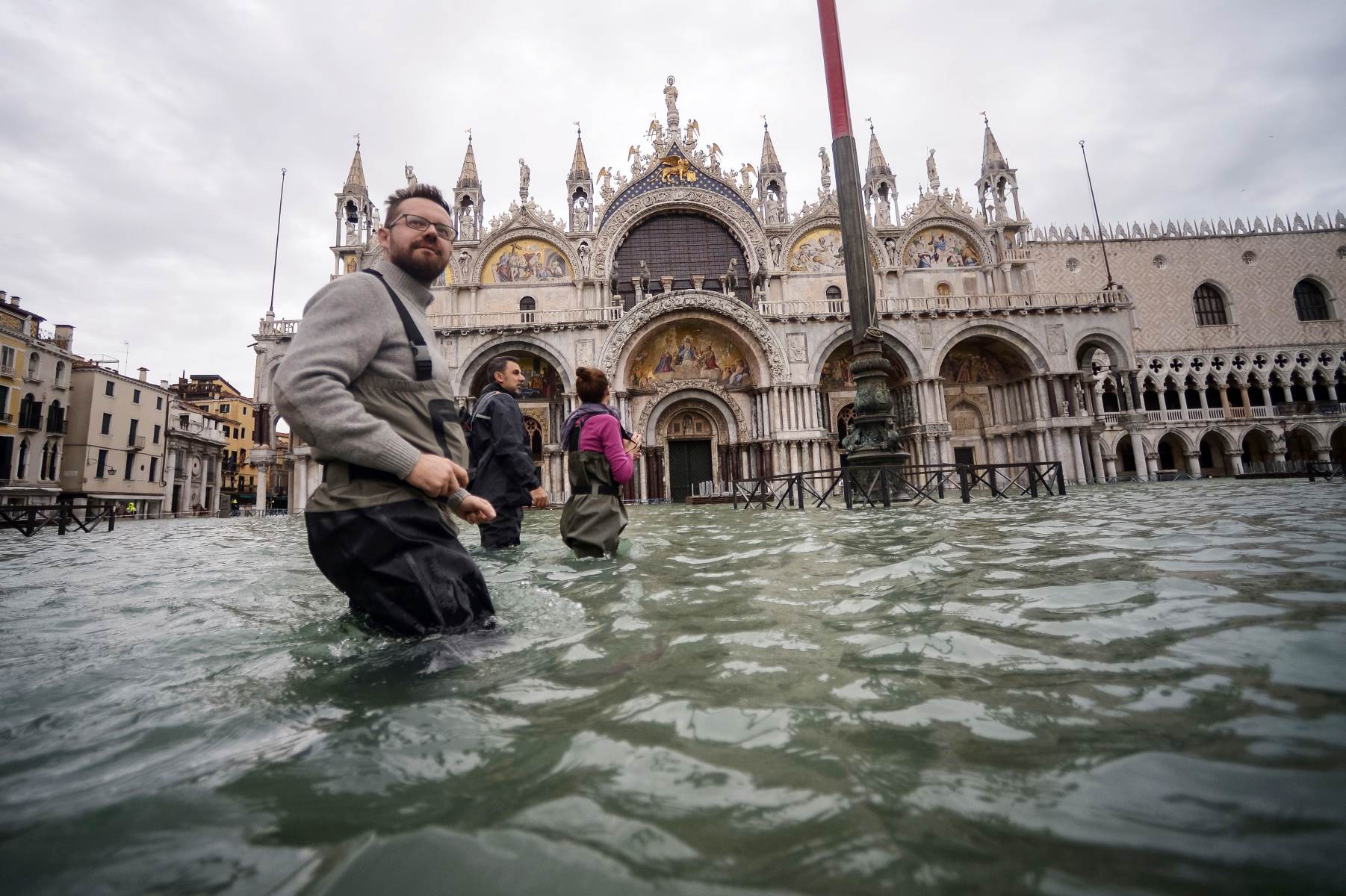When Will Venice Sink Beneath The Waves? Science Has The Answer

Venice, the city of canals, has long enchanted visitors with its unique charm. But many wonder, when will Venice sink beneath the waves? Scientists have been studying this question for years. Rising sea levels and the city’s natural subsidence contribute to its gradual sinking. Predictions vary, but some experts believe significant parts of Venice could be underwater by the end of this century. This timeline depends on various factors, including climate change and human intervention. Understanding these elements helps us grasp the urgency of preserving this historic city. Let's dive into the science behind Venice's sinking and what the future holds.
The Threat of Rising Waters
Venice, the enchanting city of canals, faces a dire threat. Rising sea levels and sinking land pose a significant risk to this historic jewel. Scientists have been studying the situation closely, and the findings are alarming.
Why is Venice Sinking?
Understanding why Venice is sinking helps grasp the urgency of the situation. Several factors contribute to this phenomenon.
Natural Subsidence: The city is built on a series of small islands in a lagoon. Over time, the weight of buildings causes the land to sink naturally.
Groundwater Extraction: In the past, excessive groundwater extraction for industrial purposes accelerated the sinking process. Although this practice has been reduced, its effects linger.
Rising Sea Levels: Climate change leads to melting ice caps and thermal expansion of seawater, causing global sea levels to rise. Venice, with its low elevation, is particularly vulnerable.
The Impact of Climate Change
Climate change exacerbates the problem. Rising temperatures and changing weather patterns have a direct impact on Venice's future.
Increased Flooding: Higher sea levels mean more frequent and severe flooding. The famous "acqua alta" or high water events are becoming more common, disrupting daily life and damaging infrastructure.
Erosion: Stronger and more frequent storms erode the foundations of buildings and canals, weakening the city's structural integrity.
Saltwater Intrusion: Rising sea levels push saltwater into freshwater systems, damaging agriculture and drinking water supplies.
Scientific Predictions
Scientists use advanced models to predict Venice's future. These predictions help authorities plan and implement protective measures.
IPCC Reports: The Intergovernmental Panel on Climate Change (IPCC) provides comprehensive reports on global sea level rise. According to their projections, sea levels could rise by up to 1 meter by 2100, posing a severe threat to Venice.
Local Studies: Italian scientists conduct localized studies to understand Venice's specific risks. These studies consider factors like local subsidence rates and historical data to make accurate predictions.
Efforts to Save Venice
Despite the grim outlook, efforts are underway to save Venice from sinking. These initiatives aim to protect the city and its cultural heritage.
MOSE Project: The MOSE (Modulo Sperimentale Elettromeccanico) project involves a series of mobile barriers designed to protect Venice from high tides. When sea levels rise, these barriers can be raised to prevent flooding.
Restoration Projects: Ongoing restoration projects aim to strengthen the foundations of historic buildings and canals. These efforts help preserve Venice's unique architecture and cultural significance.
Sustainable Tourism: Promoting sustainable tourism practices reduces the environmental impact on Venice. Encouraging responsible travel helps protect the city's fragile ecosystem.
The Future of Venice
The future of Venice depends on global and local efforts to combat climate change and protect the city. While the challenges are immense, the determination to save Venice remains strong.
International Cooperation: Global cooperation is essential to address climate change. International agreements and policies can help reduce greenhouse gas emissions and slow sea level rise.
Local Initiatives: Local authorities and communities play a crucial role in implementing protective measures. Community involvement ensures that efforts are effective and sustainable.
Innovation and Technology: Advances in technology offer new solutions for protecting Venice. Innovative engineering projects and scientific research provide hope for the city's future.
Venice's fate hangs in the balance, but with concerted efforts, there is hope that this iconic city can be preserved for future generations.
What the Future Holds for Venice
Venice faces a challenging future due to rising sea levels and sinking ground. Scientists predict that without significant intervention, parts of this historic city could be underwater by 2100. Efforts like the MOSE project aim to protect Venice from flooding, but these measures may only be temporary solutions. Long-term strategies are essential to preserve Venice's unique heritage.
Tourists should visit soon to experience its beauty before more drastic changes occur. Local authorities and global communities must work together to find sustainable solutions. Venice's fate serves as a reminder of the broader impacts of climate change on coastal cities worldwide.
Understanding the science behind Venice's sinking can help us prepare and adapt. The city's story is a call to action for everyone to take climate change seriously and work towards a more sustainable future.

